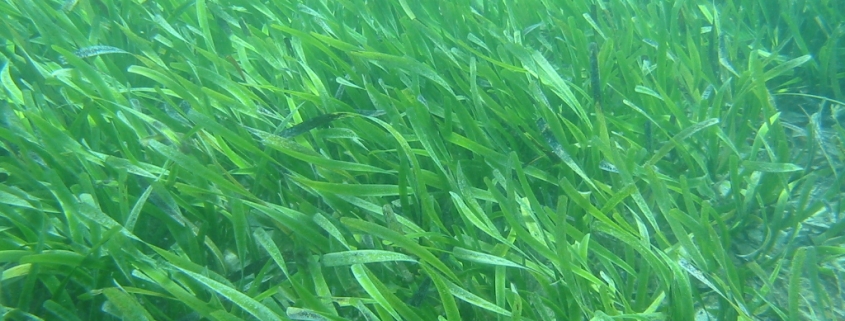Study examines 30 years of seagrass restoration to find best methods
A major review of seagrass programs in Cockburn Sound has helped identify the best methods for restoring large scale seabed meadows and found community involvement was a key to success.
Seagrass meadows were decimated from the 1950s and restoration attempts in the past three decades have included everything from sprig and seed-based methods to mechanical plantings, seagrass in sandbags being placed on the seabed and wire coils being used to fix small plants into the sediment.
The project, which is part of the WAMSI Westport Marine Science Program, looked at more than 110 restoration efforts since the 1990s and re-visited 31 sites to assess their success.
The study was led by Professor Gary Kendrick from The University of Western Australia and Professor Jennifer Verduin from Murdoch University.
Professor Verduin said sprig-based programs, where mature seagrass shoots were collected by divers from natural meadows, were found to have achieved high transplant success rates.
“Survival was as high as 90 percent on larger scale sprig-based restoration trials of up to three hectares,” Professor Verduin said.
“We found over a period of 15 to 20 years, the growth of sprigs resulted in the formation of new meadows.”
The study found both sprig-based restoration and seeding programs, such as Seeds for Snapper, had developed viable methods for revegetating large areas of bare seafloor. But large-scale sprig-based restoration programs, while labour intensive, were particularly efficient in quickly stabilising the sediment and creating almost instant meadows. This accelerated the formation of natural meadows.
“Cockburn Sound and Owen Anchorage suffered a major loss of seagrass from the 1950s to the 1990s and while there have been dozens of programs since to rehabilitate the area, there has been limited follow-up to gauge their success,” Professor Verduin said.
“Restoration programs are important and contribute to the rapid natural recovery of seagrass habitats by ameliorating loss and supporting the recovery of grasses.”
“Some of the projects in the past have been on areas of no more than three hectares and we wanted to see if we could recommend a restoration package that could be scaled up to ten times that area to enhance restoration success.”
One of the main findings of the review was confirmation that engaging with local communities was key to the success of large-scale seagrass restoration programs.
Community-based citizen science and restoration projects working with volunteers were recommended as cost-effective approaches to increase the scale of restoration.
“These transplanting projects have already been successful at Southern Flats, Cockburn Sound, and Oyster Harbour, Albany,” Professor Verduin said.
Seagrasses, sometimes referred to as the ‘oceans’ lungs’ are a vital part of the ecosystem. They reduce coastal erosion by stabilising sediment, provide critical habitat for marine animals and efficiently store carbon.

